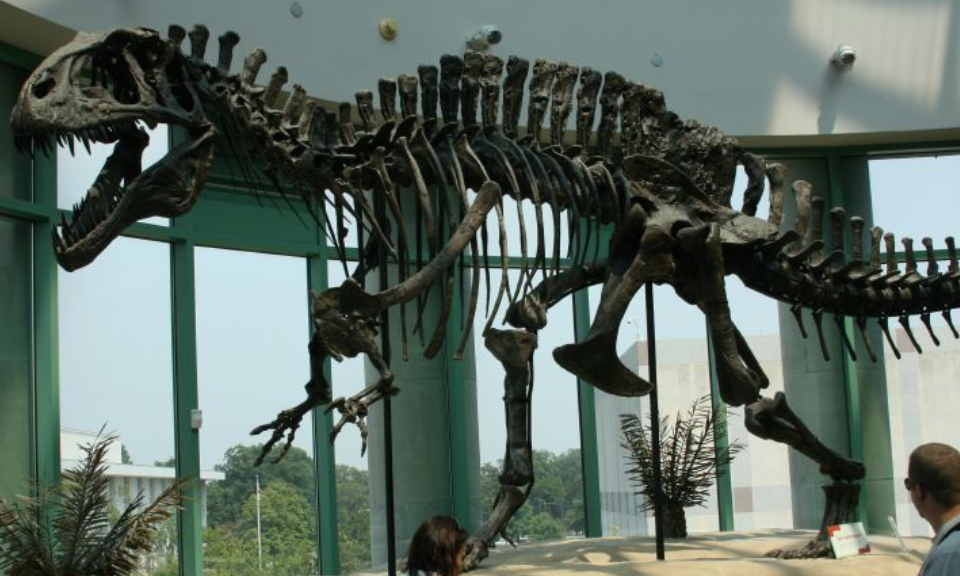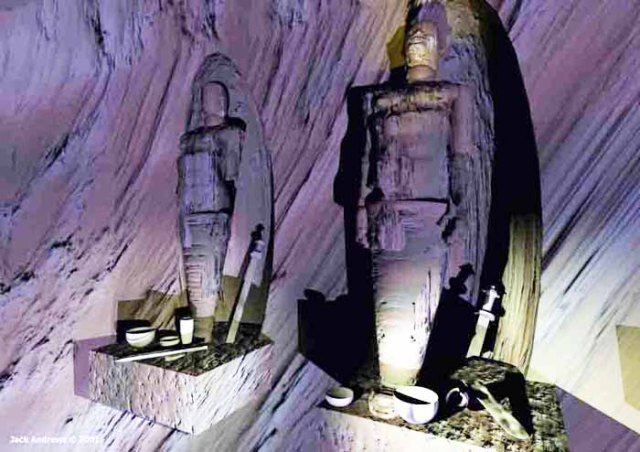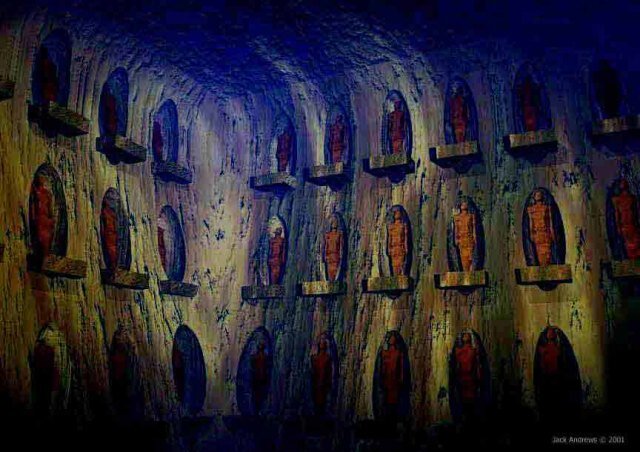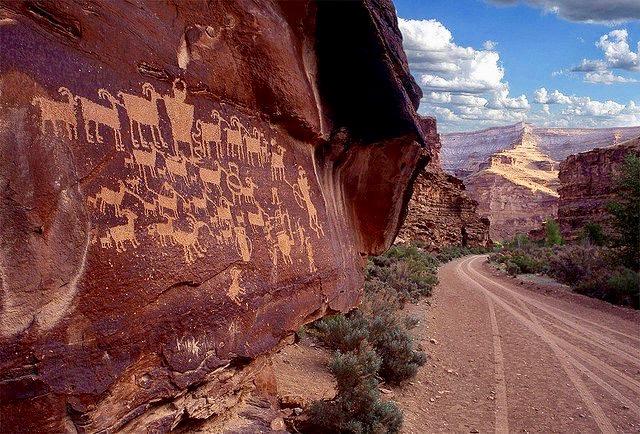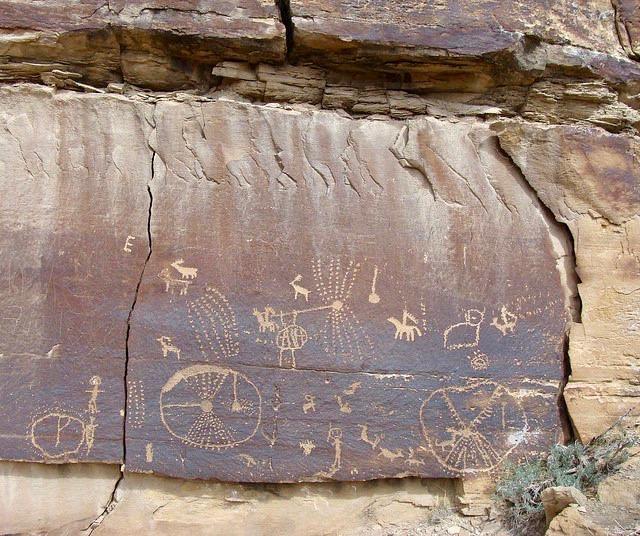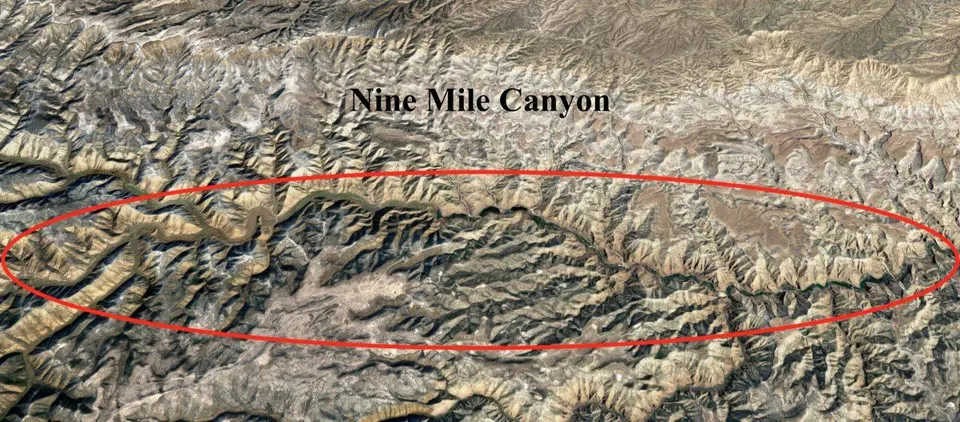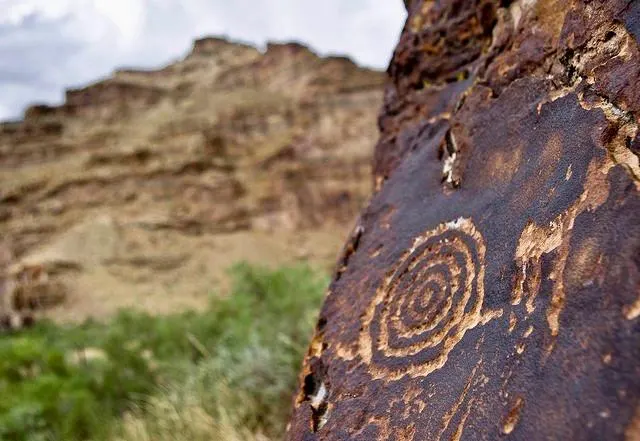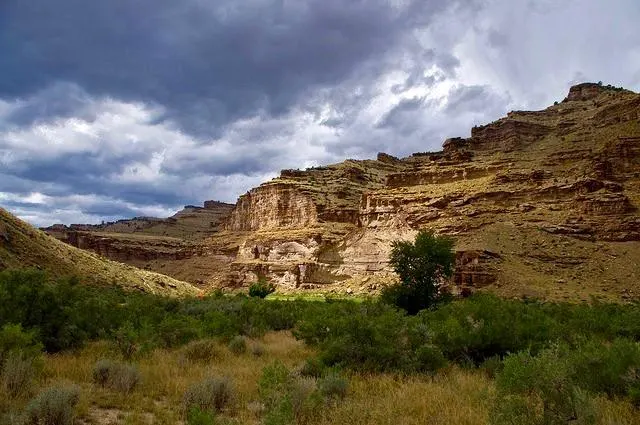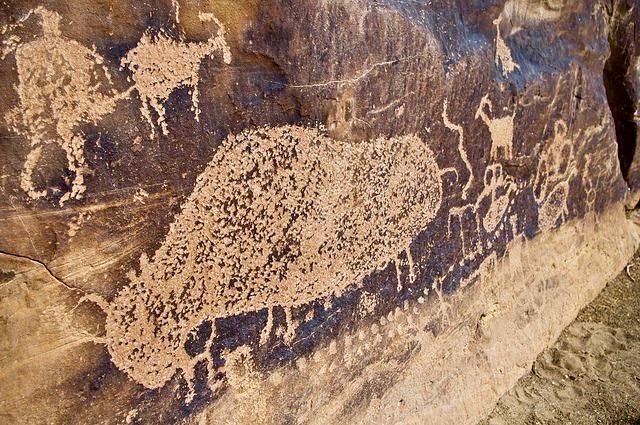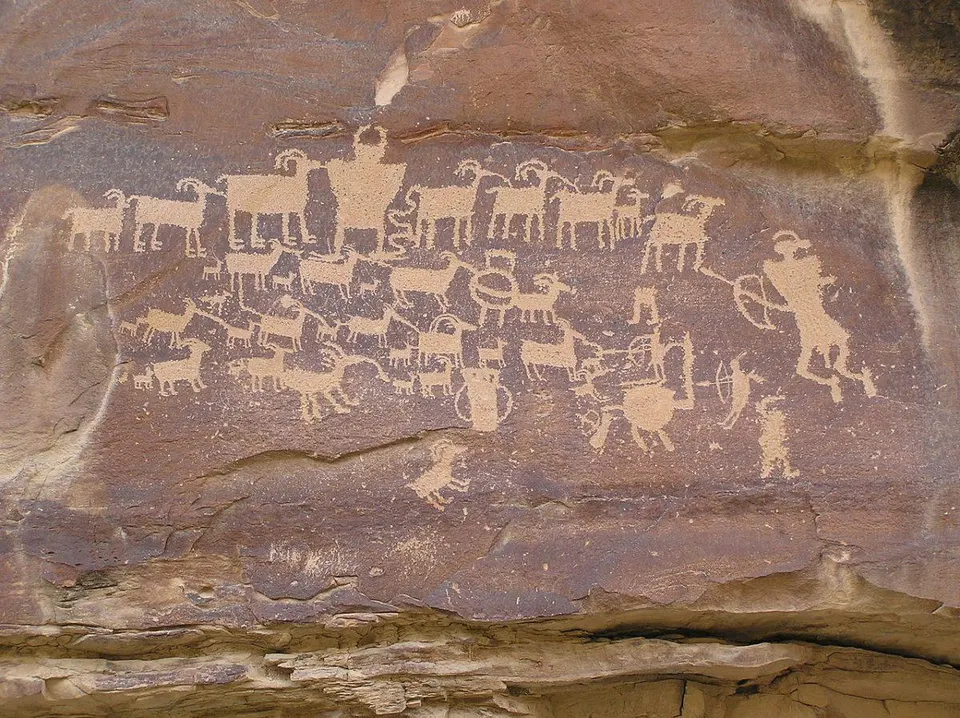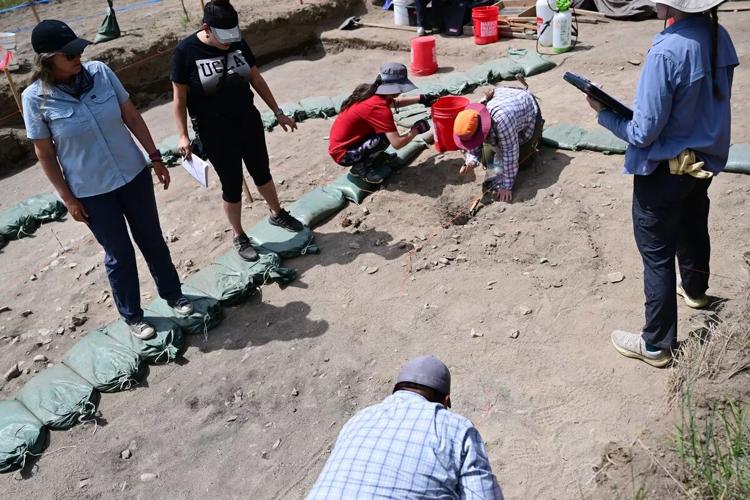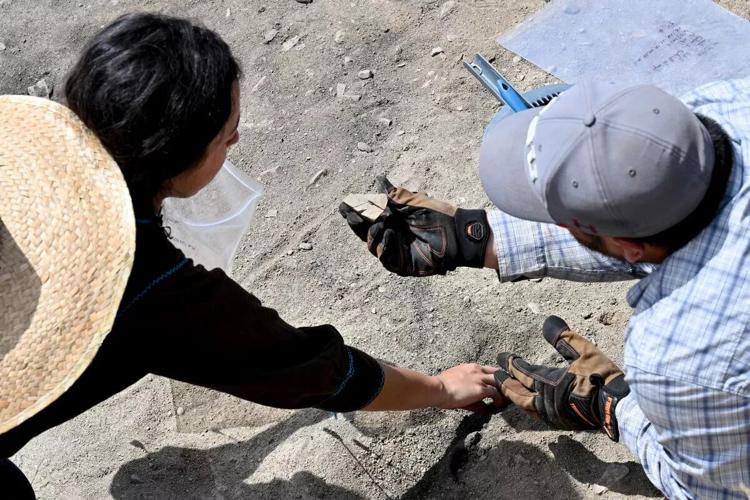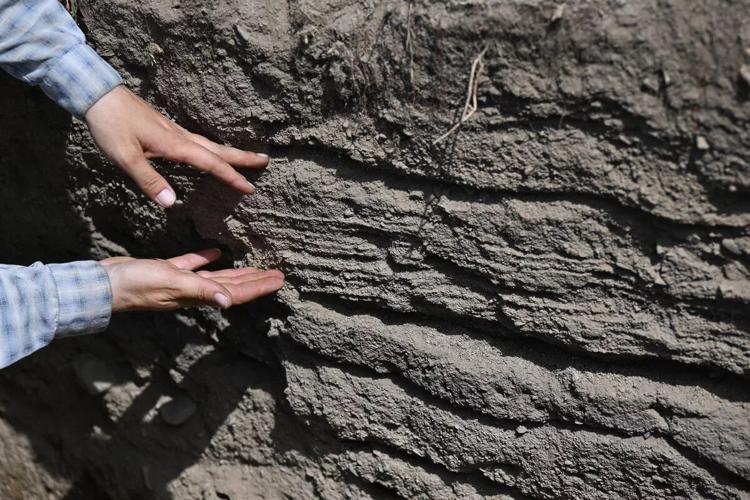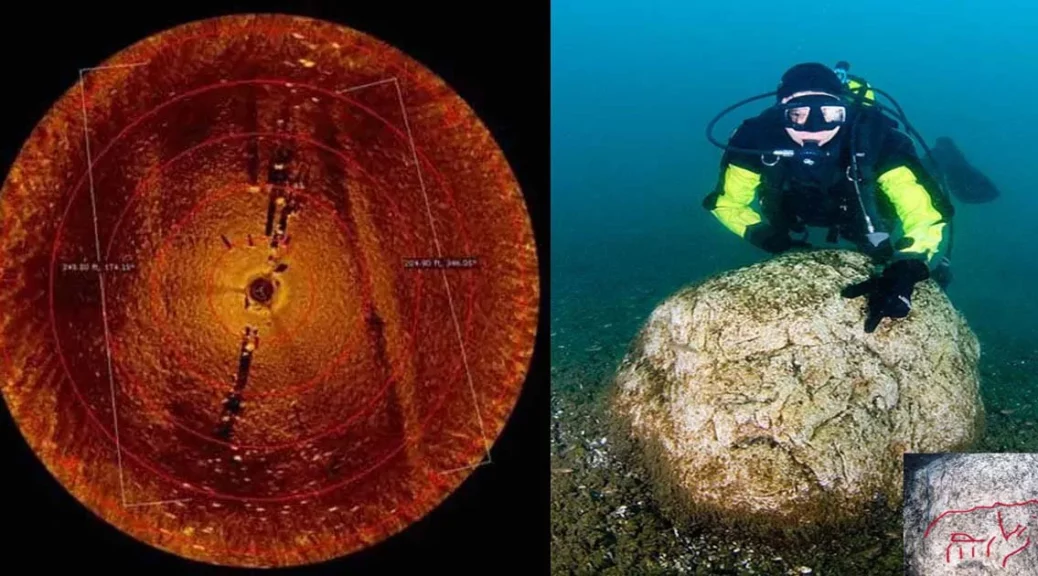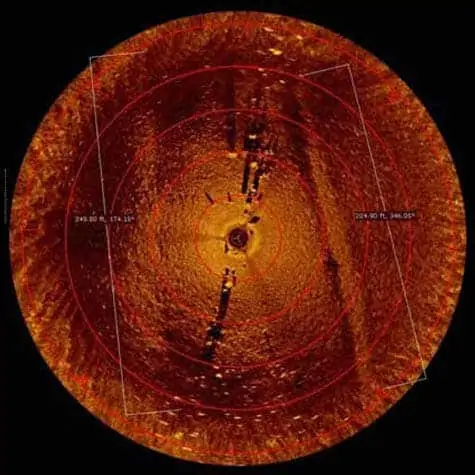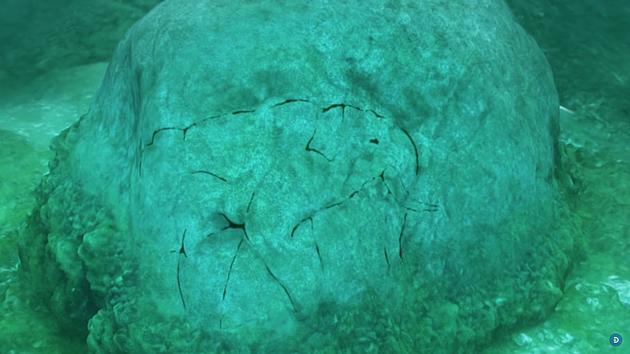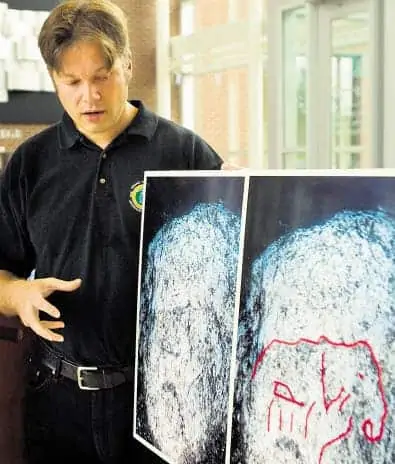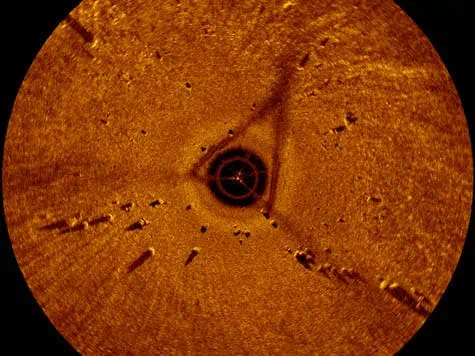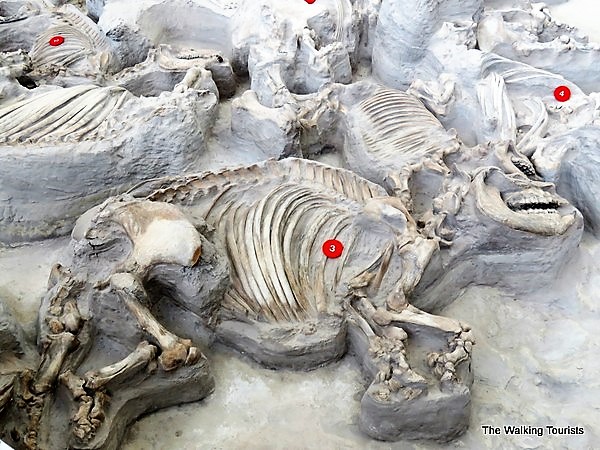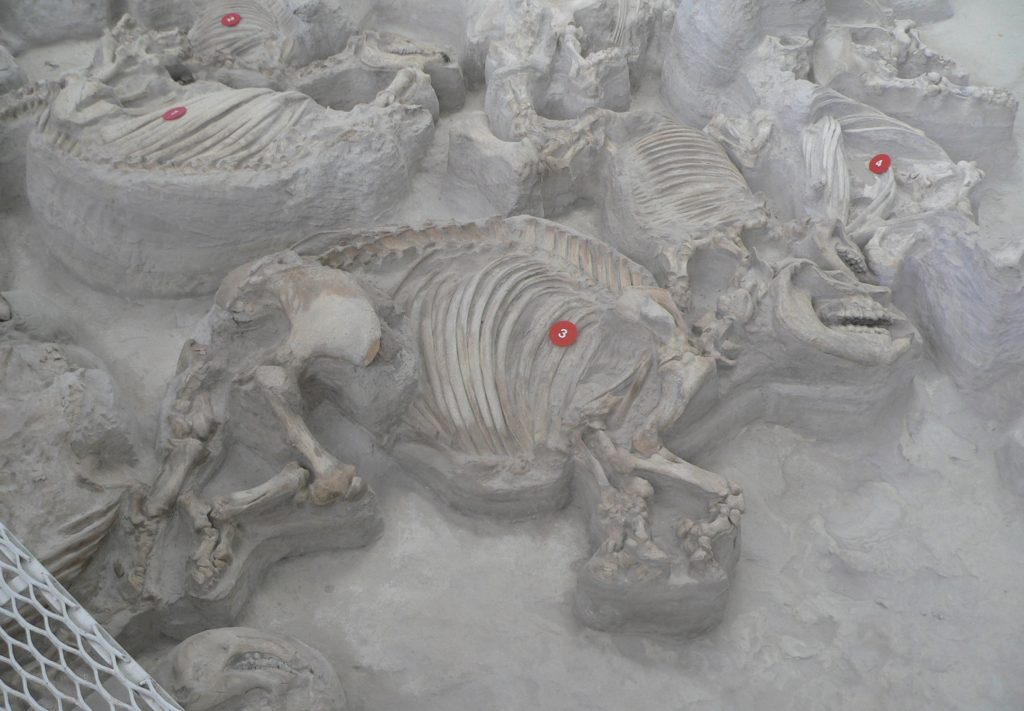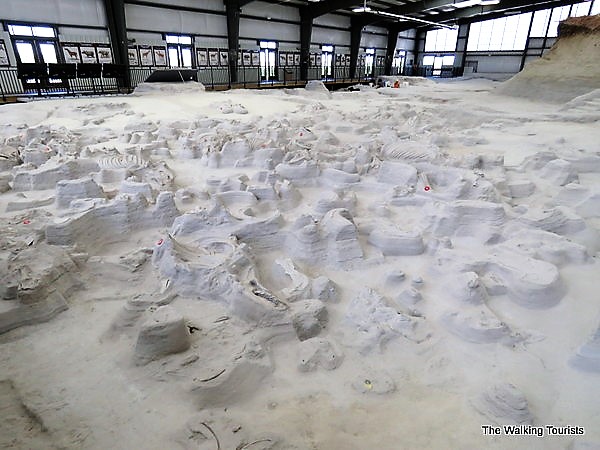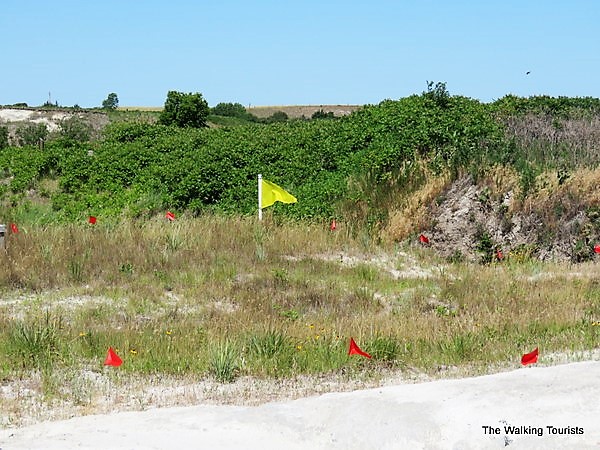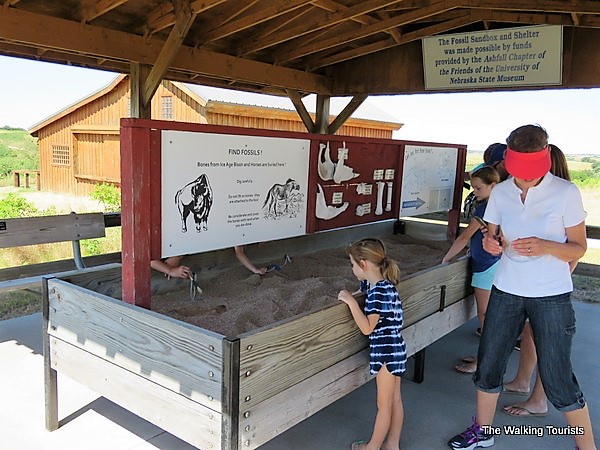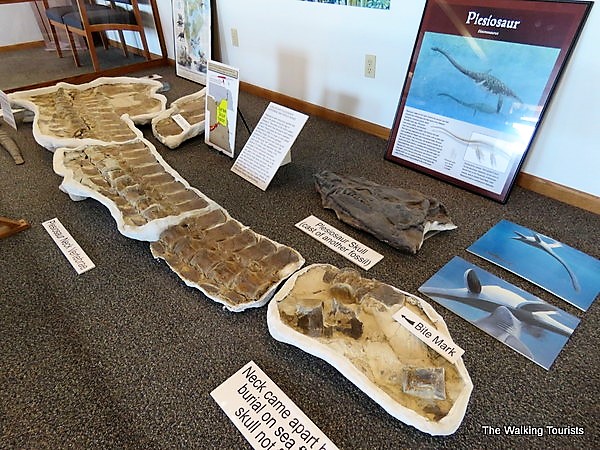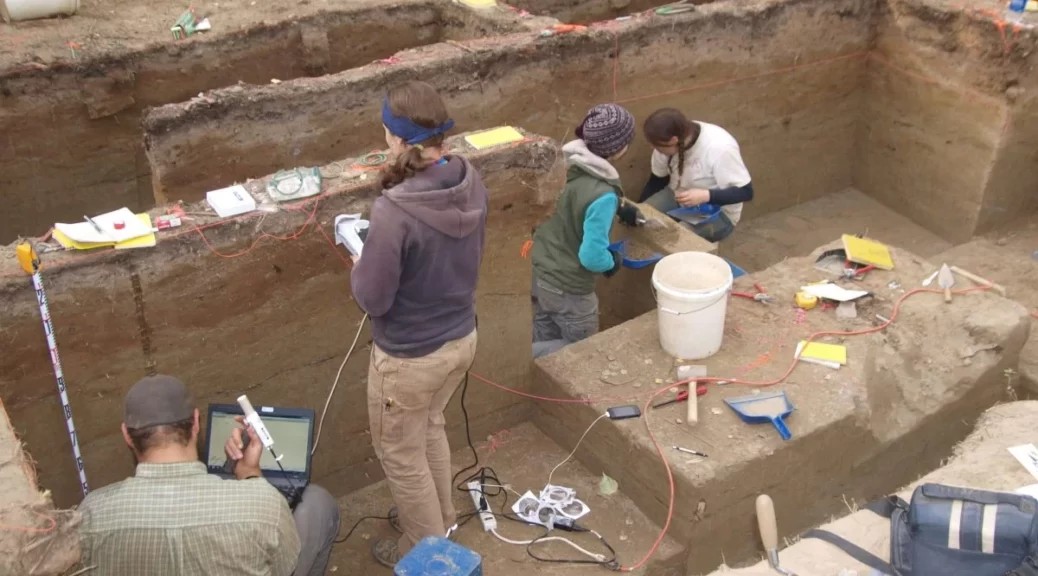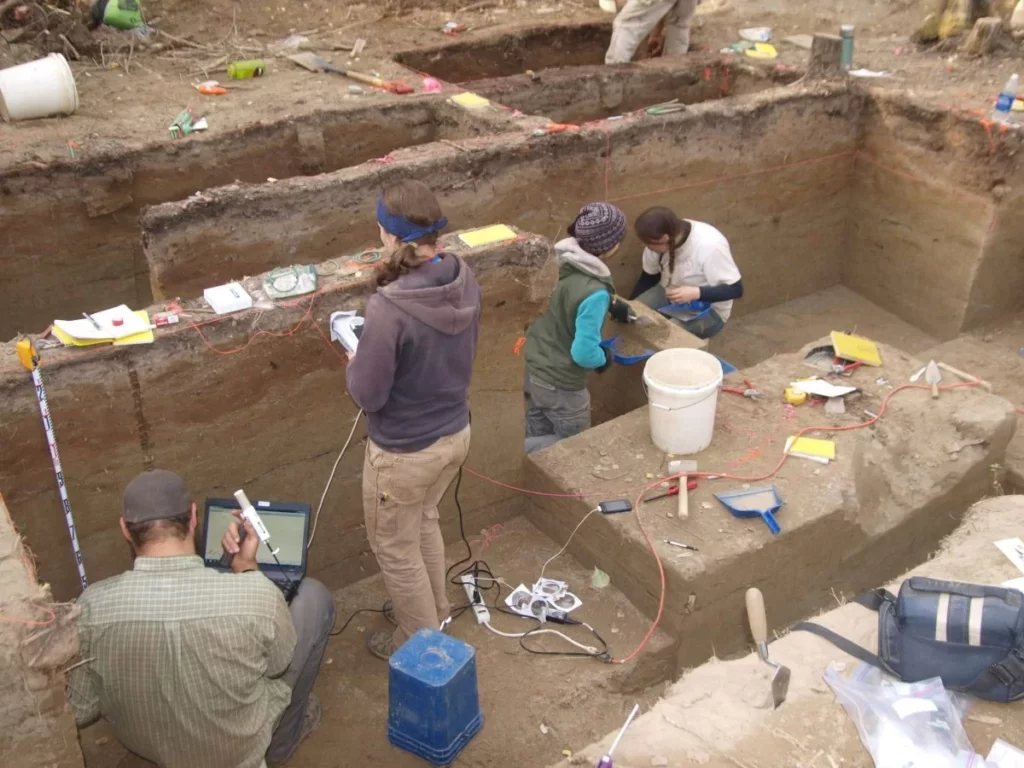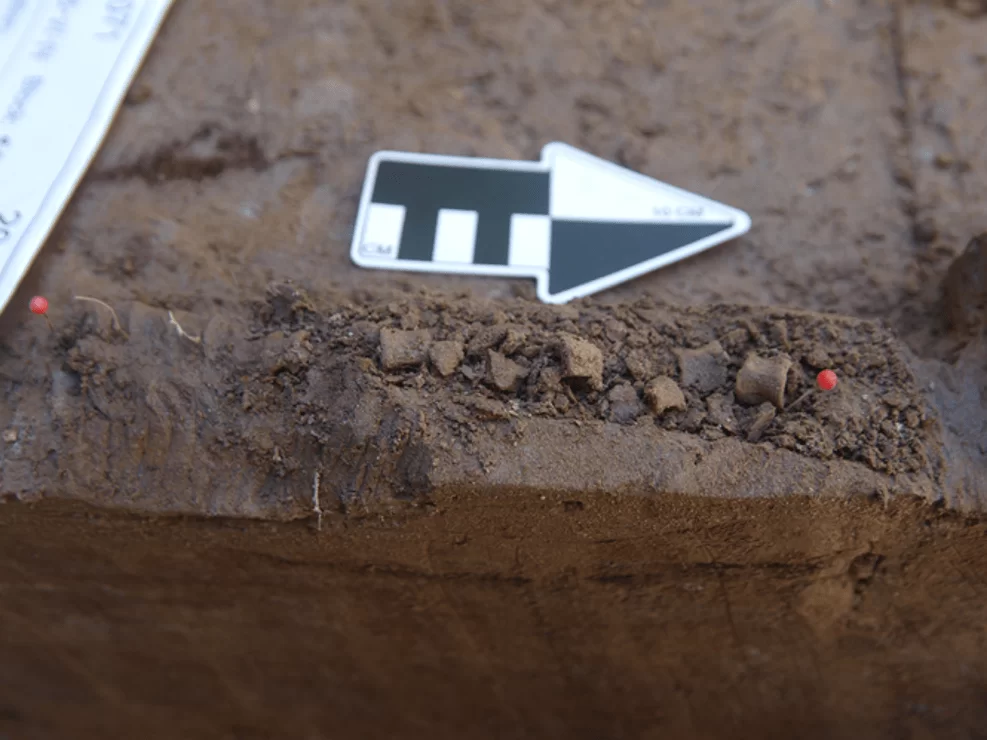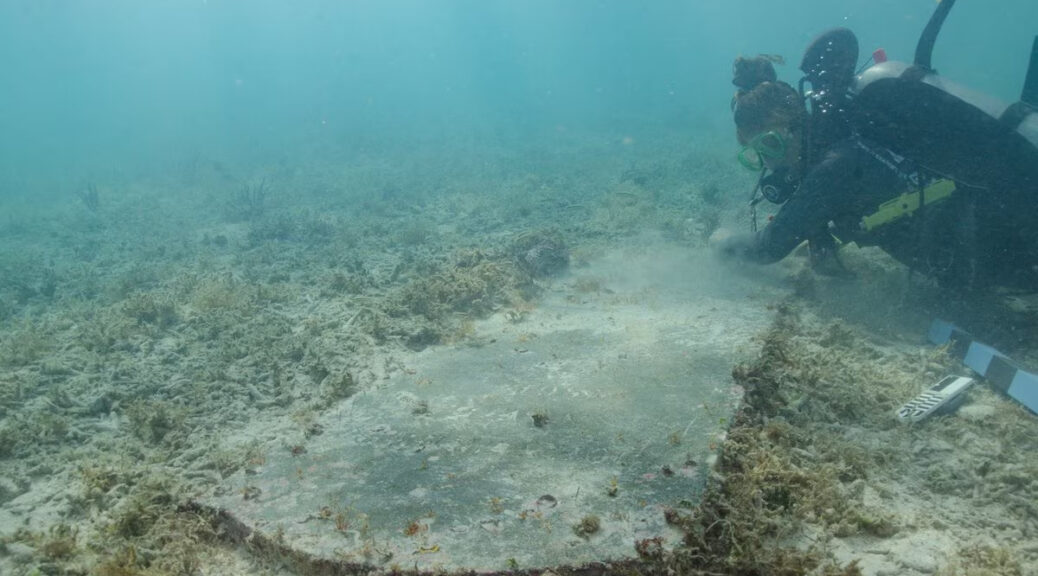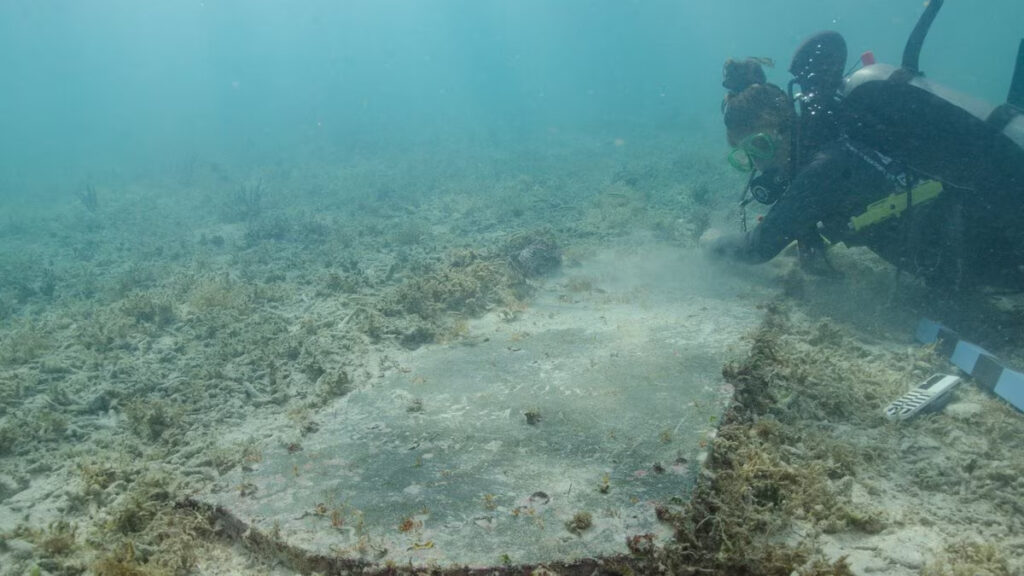‘Exceptionally Rare’ Dinosaur Fossil Found in Maryland
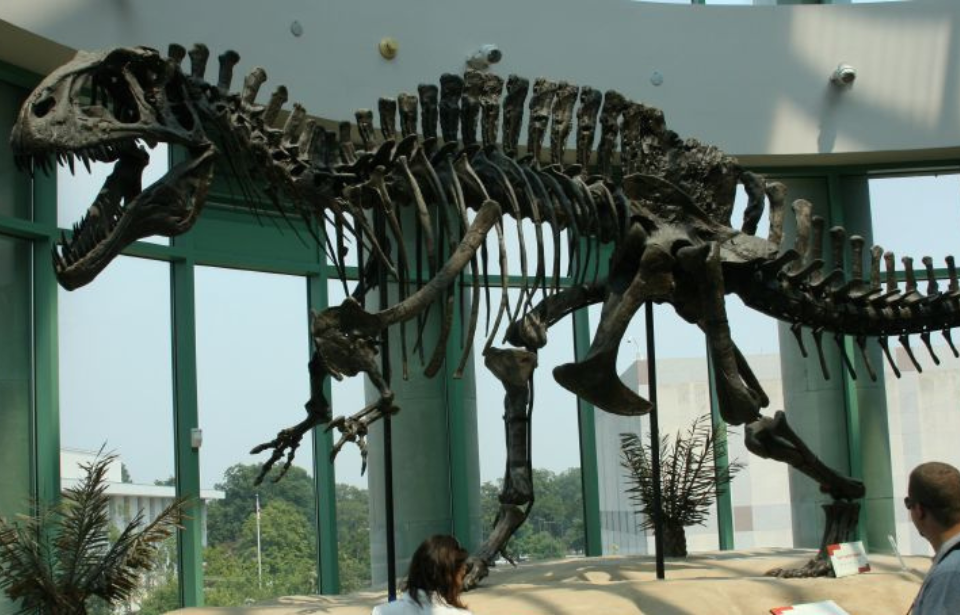
A group of paleontologists and volunteers discovered several rare fossils, along with the largest theropod fossil ever found in Eastern North America.
The find was made at Dinosaur Park, Maryland, in April 2023. The site has seen the discovery of amazing fossils since the 19th century, but this recent find was described by Matthew Carrano, a paleontologist at the Smithsonian, as “exceptionally rare.”
Dinosaur Park discovery
At Dinosaur Park in Prince George’s County, Maryland, paleontologists and volunteers discovered a three-foot-long fossil. This fossil was found at what had been classified as a “bonebed,” a term used by paleontologists to describe a layer with contents that date to the same geologic period. The bonebed discovered was the first found in Maryland since 1887.
JP Hodnett, program coordinator and paleontologist at Dinosaur Park, said, “Finding a bonebed like this is a dream for many paleontologists as they can offer a wealth of information on the ancient environments that preserved the fossils and provide more details on the extinct animals that previously may have only been known from a handful of specimens.”
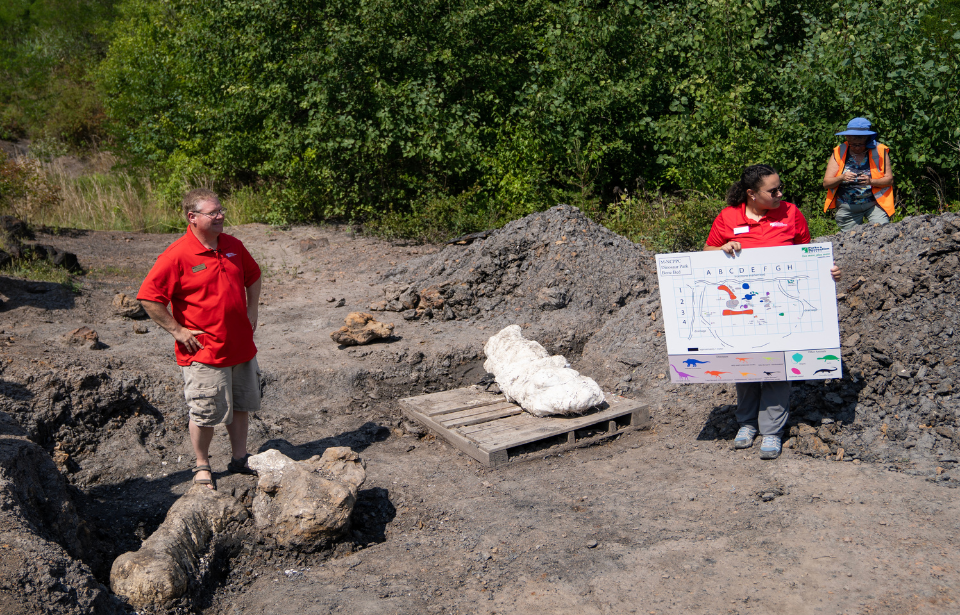
Hodnett concluded: “Most paleontologists have to travel across the country or go overseas to find something like this, so having this rare find so close to home is fantastic.”
What was discovered was a three-foot-long shin bone which is believed to have belonged to a theropod.
A theropod is a carnivorous, bipedal, saurischian dinosaur, which is characterized by hollow and thin-walled bones. These dinosaurs had shorter forelimbs with three clawed digits.
The fossil is believed to be from an Acrocanthosaurus, the largest theropod of the Early Cretaceous period. Thomas Holtz, a paleontologist at the University of Maryland, said, “The dinosaur site at Laurel is by far the most important dinosaur dig site in America east of the Mississippi… It gives us insights into the diversity of animals and plants at a critical period in Earth’s history.”
Acrocanthosaurus
Acrocanthosaurus is a genus of theropod dinosaur that lived during the Early Cretaceous period, approximately 113 to 110 million years ago. It was a large carnivorous dinosaur that belonged to the family Carcharodontosauridae, which includes other notable predators like Tyrannotitan and Giganotosaurus.
Acrocanthosaurus was named for the distinctive high spines running along its back, which gave it a unique appearance. These spines, coupled with its robust build and powerful jaws, indicate that it was a formidable predator. It measured around 36 to 38 feet in length and weighed an estimated 4.4 to 6.6 metric tons.
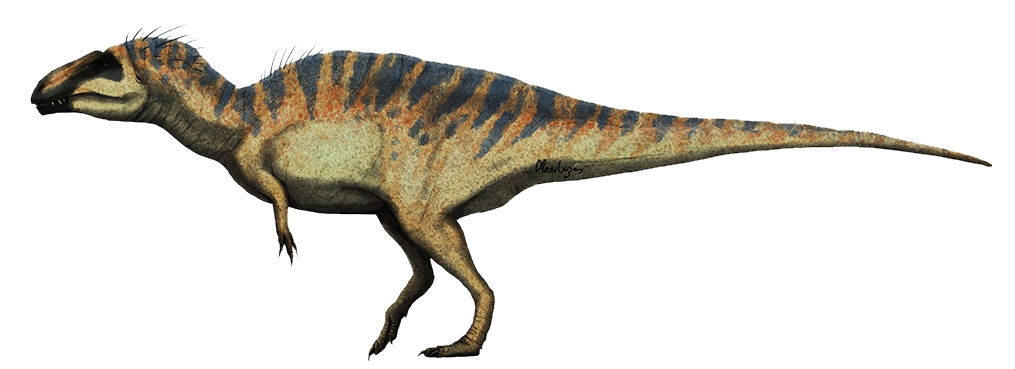
One of the most remarkable aspects of Acrocanthosaurus is its skull, which was long, narrow, and filled with sharp, serrated teeth. These teeth were well-suited for gripping and tearing flesh, indicating that it was an efficient hunter. Additionally, its forelimbs were relatively short compared to its hind limbs, suggesting that Acrocanthosaurus was likely a bipedal dinosaur.
Other fossils of Acrocanthosaurus have been discovered in what is now North America, primarily in the United States. The first remains of this dinosaur were found in 1940 in Oklahoma, and subsequent discoveries have helped paleontologists gain a better understanding of its anatomy and behavior.
Due to the incomplete nature of the fossil record, some aspects of Acrocanthosaurus’ life remain uncertain. However, based on its physical characteristics, scientists believe that it was an apex predator that likely preyed upon large herbivorous dinosaurs, such as sauropods and ornithopods.
Ryan McLachlan is a historian and content writer for Hive Media. He received his Bachelor of Arts in History and Classical Studies and his Master of Arts in History from the University of Western Ontario. Ryan’s research focused on military history, and he is particularly interested in the conflicts fought by the United Kingdom from the Napoleonic Wars to the Falklands War.
Ryan’s other historical interests include naval and maritime history, the history of aviation, the British Empire, and the British Monarchy. He is also interested in the lives of Sir Winston Churchill and Admiral Lord Nelson. Ryan enjoys teaching, reading, writing, and sharing history with anyone who will listen.
In his spare time, he enjoys watching period dramas such as Murdoch Mysteries and Ripper Street and also enjoys reading classical literature and Shakespeare. He also plays football and is an afternoon tea connoisseur.
